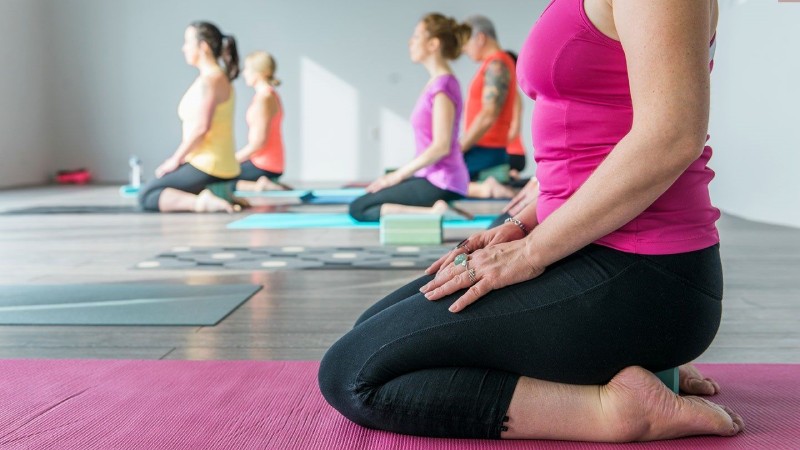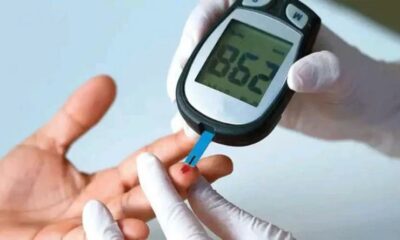An analysis of the positive effects that exercise has on blood sugar levels in people with Type 2 diabetes reveals that, while all exercise is beneficial, certain activities—along with when they are performed—are extremely beneficial to people’s health.
The study, published in The American Journal of Medicine, gives a comprehensive yet clear synopsis of the advantages of activity on controlling blood glucose levels in individuals with Type 2 diabetes.
Steven Malin, an associate professor in the Rutgers School of Arts and Sciences’ Department of Kinesiology and Health and the study’s author, stated, “The challenge with this is that most, if not all, people know exercise is good for them but they don’t know the best approach. We targeted this issue by focusing on a few key parameters: the utility of aerobics versus weightlifting, the time of day that is optimal for exercise, whether to exercise before or after meals and whether we have to lose weight to get benefits or not.”
As part of the analysis, specialists filtered through many studies and extracted common conclusions. The most significant findings include:
Habitual aerobic exercise: Cycling, swimming, and walking are all forms of physical activity that help control blood glucose by making the body use oxygen and raising the heart rate.
Resistance exercise: Insulin sensitivity improves in people with type 2 diabetes who exercise their muscles with an opposing force like dumbbells, resistance bands, or their own body weight.
Movement throughout the day by separating sitting time benefits blood glucose control and insulin levels.
It is possible to improve insulin sensitivity and control blood sugar levels by exercising later in the day.
“In short, any movement is good and more is generally better,” Malin said. “The combination of aerobic exercise and weightlifting is likely better than either alone. Exercise in the afternoon might work better than exercise in the morning for glucose control, and exercise after a meal may help slightly more than before a meal. And, you don’t have to lose weight to see the benefits of exercise. That is because exercise can lower body fat and increase muscle mass.”
According to the U.S. Centers for Disease Control and Prevention, diabetes affects more than 37 million Americans, with Type 2 diabetes accounting for between 90 and 95 percent of cases. Insulin resistance means that cells in people with Type 2 diabetes do not respond normally to the hormone insulin, which regulates blood sugar or glucose levels. High blood sugar is bad for the body and can be bad for your health.
Scientists believe that increased insulin sensitivity is beneficial despite the fact that insulin resistance is harmful. The body’s cells are able to use blood glucose more efficiently, resulting in a decrease in blood sugar, thanks to high insulin sensitivity.
Malin explores insulin responsiveness and shows kinesiology, the investigation of human development. He and a number of other Rutgers faculty members support the idea of “exercise as medicine.” The idea that exercise can be used as a first-line treatment is supported by the American College of Sports Medicine and is increasingly being supported by research.
“I’m one of those individuals who subscribes to that notion, and in that way, I think of exercise as a drug,” Malin said.
Malin and partners composed the review to present the medical community up-to-date practical advice for their patients.
“Together, this idea of exercise timing and type is important because it helps medical professionals more accurately recommend exercise prescriptions to combat high blood glucose,” Malin said.

 Diabetology2 weeks ago
Diabetology2 weeks ago
 Diabetology2 weeks ago
Diabetology2 weeks ago
 Diabetology1 week ago
Diabetology1 week ago
 Diabetology1 week ago
Diabetology1 week ago
 Diabetology1 week ago
Diabetology1 week ago
 Diabetology2 weeks ago
Diabetology2 weeks ago
 Diabetology1 week ago
Diabetology1 week ago
 Diabetology2 weeks ago
Diabetology2 weeks ago













